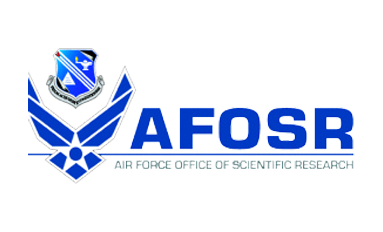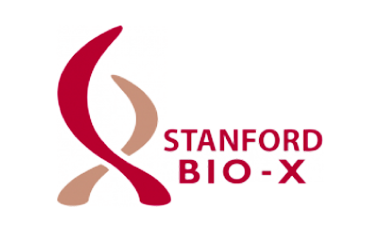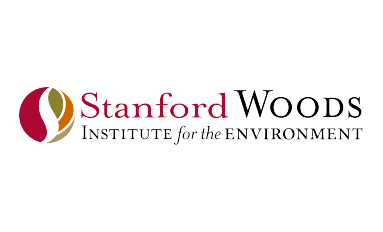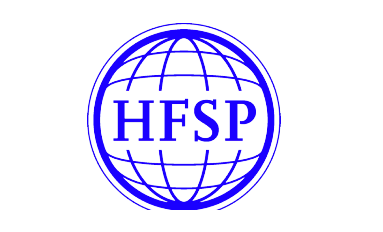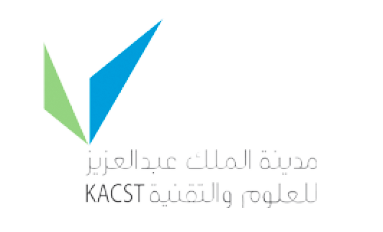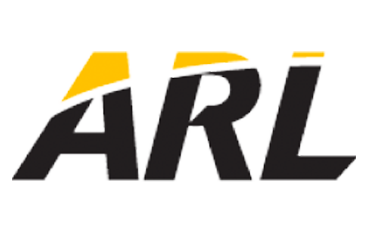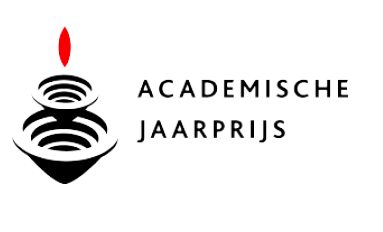DAVID LENTINK
MULTIDISCIPLINARY
PROJECT EXAMPLES
BIOMIMETICS GROUP
DAVID LENTINK
MULTIDISCIPLINARY
PROJECT EXAMPLES
BIOMIMETICS GROUP
Research Vision
INTEGRATING BIOLOGY, ENGINEERING & DESIGN.
For as long as I can remember, I have been fascinated by the functional beauty and the remarkable diversity of flight in nature. My main research question is how does the interplay between physics and evolution shape the flight system? My research vision is to probe this broad question using an integrated approach based on (1) my proven ability to identify key biological questions for organisms most likely to provide answers, (2) my innovative engineering measurement techniques and mechanistic models, developed to transform our understanding of natural flight, that (3) enable the design of bioinspired aerial robots that embody scientific discoveries. These robots can test challenging hypotheses via manipulations not possible in vivo—and in turn inspire new biological questions.
Biological questions | Many organisms must fly and navigate through the atmosphere in order to survive and reproduce. Their development as individuals and their evolution as species are shaped by physical interaction between the organism and surrounding environment. It is critical that the organism’s architecture is tuned for sensing its environment, propelling itself, and controlling its motion for various behaviors, including foraging and migration. To understand these connections in depth, I have studied a wide range of flying organisms, from flying plant seeds (the only flying embryos in the world), insects (the first animals to fly), and bats (the only mammals with flapping wings), to birds, which I consider the most diverse and successful flying vertebrates on earth. I now incorporate functional morphology, sensory-motor control, ecology, and evolution in my comparative biomechanical and physiological questions. This enables me to unravel the integrated functions of the avian bauplan that underpin exquisite flight behaviors that enable birds to outfly current aerial robots: from the hierarchical organization of multifunctional biomaterials such as feathers, the physiological functions of the sensory-motor system (including the visual, vestibular, and muscular system), to its biomechanical performance. My interdisciplinary collaborations to achieve these goals have spanned North America, Europe and Oceania; from engineering to physics and biology.
Engineering approaches | Studying the unsteady fluid mechanics, biomechanics and physiology of bird flight is challenging, because instruments and experimental setups must be custom-designed to rigorously answer new questions. My approach to the challenges of comparative biomechanics and physiology is to invent, design, and engineer novel experimental setups and models. My cross-disciplinary techniques range from analytical and numerical modeling and design tools (e.g. CAD, CFD, FEM, and custom codes for image analysis) to physical fabrication methods (e.g. rapid prototyping and CAM) to develop robotic models and setups that utilize advanced instruments (e.g. flow tunnels, PIV, acoustic arrays, high-speed cameras, 6-axis load cells, Aerodynamic Force Platforms, high-speed 3D reconstruction, EMG, SONO, uCT, XROMM, and high-speed MoCap) that capture and analyze the locomotion and physiology of flying organisms quantitatively. My lab spaces and aviaries are IACUC/IvD compliant. I teach my lab members how to use low-stress and reward-based training techniques (positive reinforcement) to study voluntary animal behavior. My success builds on collaborative teams of specialists, students from diverse backgrounds, and technical staff. This integrative and multidisciplinary approach allows my lab to open new avenues of interdiciplinary research, with results published in highly visible multidisciplinary journals that generate world-wide media interest.
Bioinspired design | My reverse-engineering analysis of aerial locomotion inspires me to forward-engineer novel bioinspired and biohybrid aerial robots that fly well. By embodying our biological findings in these robots, we can test new biological hypotheses that cannot be tested in living animals. Further, the process of making these robots perform realistic behaviors in natural environments directly inspires new applications and questions. The integration of biological, engineering, and design approaches closes the research loop and enables my multidisciplinary research team to build upon each other’s contributions. The achievements of my student teams are accelerated by immediately available biological and engineering expertise in the lab. This enables our leadership in solving hard multidisciplinary scientific questions and realizing engineering & design innovation.
Artesian research | My multidisciplinary research approach focuses on learning. I am continuously mastering new expertise to branch out into new areas and resolve multidisciplinary conundrums. Consequently, I often write papers in new directions that cannot be extrapolated from my multidisciplinary education or published track record. This stems from my integrated scientific, engineering, and design expertise across fields that I continuously expand by reading scientific and engineering literature in new areas. Continuous learning enables me to pursue creative ideas that push the boundary of my knowledge in directions that challenge and excite me the most. My approach is artesian, I ignore “fast science” productivity metrics. Instead, I invest time to develop and select worthwhile ideas, overcome boundaries through persistent innovation, and pursue high-quality research and scholarship in a sustainable fashion, by prioritizing animal welfare and a healthy work culture. Finally, to me reading literature is as important as writing, writing is as important as doing research, and researching is as important as teaching. Together they enable generating and transferring knowledge and skills that have the potential to make a meaningful cross-disciplinary and cross-generational contribution. The realization that human progress has been accelerated beyond what previous generations thought possible, simply by passing on knowledge and skills via a clear written record and accessible education, inspires me every day.
SPONSORS


